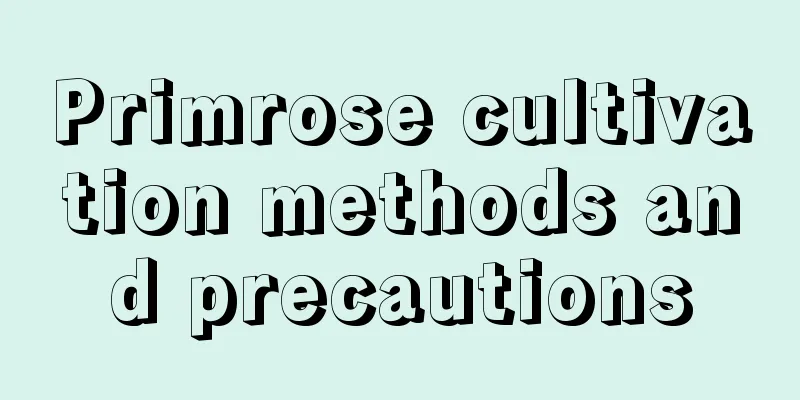How to make Kalanchoe bloom more

Choose the right flower potMany flower lovers believe that the larger the flowerpot, the more growing space the plant has, the better the plant will grow and the more prosperous the flowers will bloom. To this end, plant the smaller plants in larger (extremely disproportionate) flowerpots, apply enough base fertilizer, and think that it is all done in one step, waiting quietly for it to bloom. This method is not very effective. The reason is simple: the larger the flower pot, the larger the space, the faster the roots spread and grow, and will consume too many nutrients. The reduction in nutrients needed for the Kalanchoe to bloom will inevitably result in narrow leaves, fewer flowers, and fewer flowers. Therefore, flower pots with harmonious proportions are more suitable for the growth of Kalanchoe, and medium-sized flower pots are generally used for potted plants at home. Controlling plant heightAfter a long summer dormancy period, autumn is the vigorous growth period of Kalanchoe, so major pruning can be carried out at the beginning of autumn to make the plant short and sturdy and promote the development of multiple branches. Combined with fertilization, the plants grow better. As long as the Kalanchoe has many branches and can get enough nutrients, it will not be a problem to bloom in the future. Fertilization should be done at an appropriate concentrationAdequate fertilizer and water are the basis for the plant to bloom, but some flower lovers, in order to save trouble, overestimate the endurance of Kalanchoe and apply too concentrated fertilizer at one time, which often has the opposite effect. Kalanchoe either has a large number of yellow leaves or becomes listless due to the high concentration of the soil solution. In this state, flowering is absolutely impossible. Kalanchoe is a medium-fertilizer-tolerant plant, so you should apply thin amounts of fertilizer frequently. During the bud formation and flowering stages when top dressing is needed, bone meal can be diluted with potassium dihydrogen phosphate into a solution and sprayed on the leaves to promote flowering. |
<<: Steps for hydroponic cultivation of green imperial philodendron
Recommend
How to grow hydroponics to make it bloom
Hydroponics for smooth flowering The hydroponic S...
What to do if Monstera leaves don’t crack
Reasons for not cracking Friends who grow Monster...
What's wrong with the leaves of Impatiens drying up? What should I do if the leaves wilt?
1. Lack of water Reason: Although Impatiens has a...
Flower language and legend of straw daisy
The flower language of straw daisy: eternal memor...
How to prune wintersweet
When to prune wintersweet Wintersweet is not suit...
Cultivation methods and precautions for orchids
Dormant period maintenance Because the temperatur...
How to plant water chestnuts? Which month is the best to plant water chestnuts?
Suitable time for planting horseshoe Water chestn...
Cultivation methods and precautions of Curculigo
1. Matrix selection Curculigo likes to grow in lo...
Patchouli cultivation methods and precautions
How to cultivate Patchouli temperature Patchouli ...
Hydrangea cultivation tips and precautions
Hydrangea is a very popular ornamental flower wit...
Grab a handful of “melon seed shells” and throw them into the soil. The soil will not become compacted and the leaves of the plants will grow vigorously!
Once the soil becomes compacted, the roots of the...
How often should I water Wisteria?
How often should I water Wisteria? Generally, you...
How to care for the newly bought striped Haworthia
1. How to deal with the newly bought striped Hawo...
What to do if the leaves of cyclamen turn yellow
1. Reduce watering Reason: Although cyclamen like...
The Flower Language and Legend of Flame Tree
Flame Tree Flower Language The flower language of...









